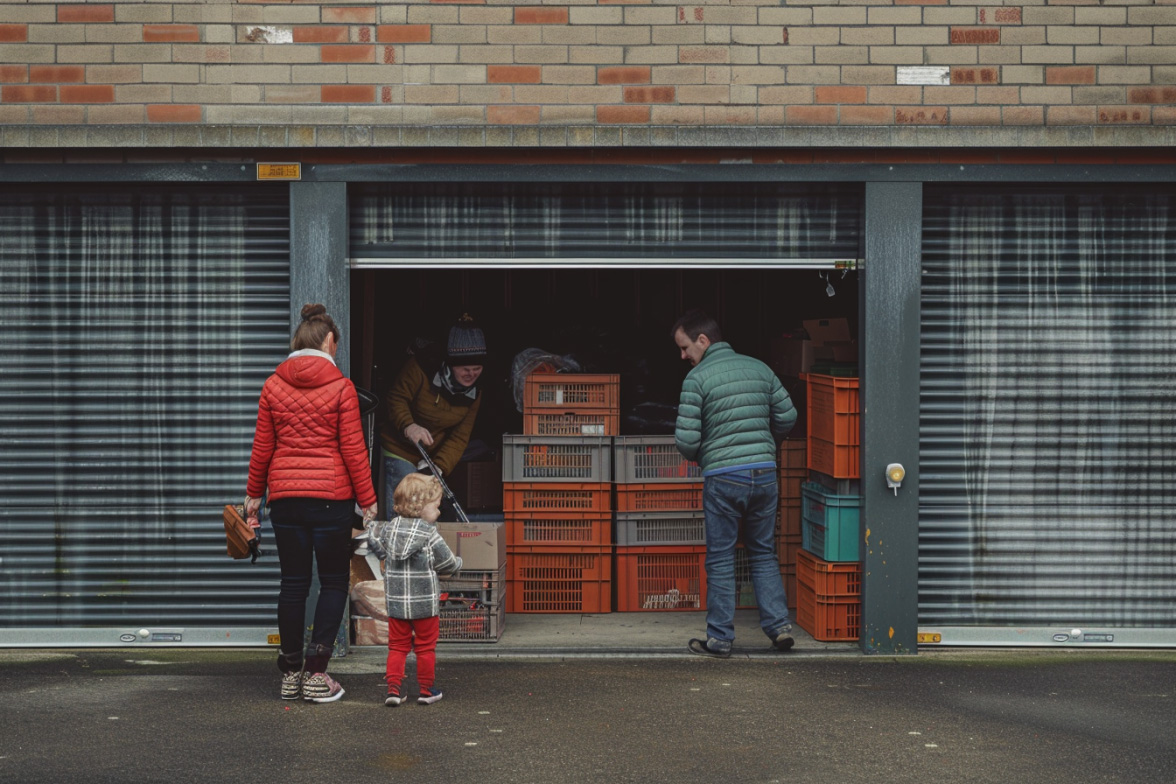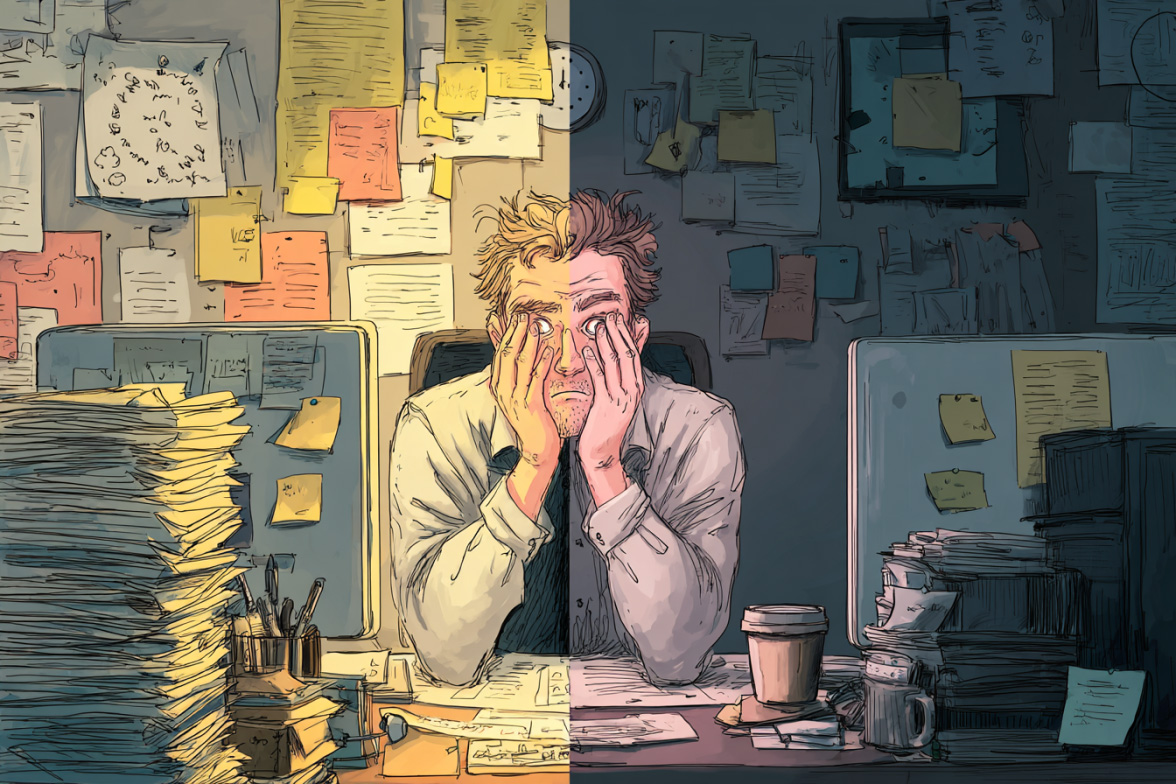How to track what’s in your storage unit

If you’ve ever opened your storage unit and instantly felt overwhelmed, you’re not the only one. It’s easy to forget what you’ve stored, especially if the unit’s packed or you haven’t been back in a while. Whether you’re moving house, running a small business or just freeing up some space at home, it’s important to know exactly what you’ve got inside your storage unit.
Keeping track of what’s in your unit can save you time, stress and money. It can stop you from buying things you already own and can also help if you ever need to make a claim or find something quickly. The good news is, once you’ve got a simple system in place, staying on top of things is easier than you might think.
Create a System That Works for You
The best time to start tracking what’s in your unit is before you put anything in it. If that ship has already sailed and your unit is full, it might mean taking everything out and starting fresh, but the effort is worth it. It also gives you the chance to get rid of anything you no longer need.
You don’t need anything fancy to get started. A notebook, a spreadsheet or even your phone’s notes app will do the job. If you’re more into tech, there are apps that let you scan items, add photos and organise everything digitally. There’s no one right way to do it, as long as you’re consistent and it’s something you’ll keep up with.
Label Everything So You’re Not Guessing Later
One of the biggest time-wasters in storage is opening every box to find what you need. You can avoid that by labelling each box clearly. Stick a name or number on the front and make sure it’s easy to read. Instead of writing vague things like “spare room stuff” or “miscellaneous,” go with labels that actually mean something to you.
If you want to go one step further, write a quick list of what’s inside each box and tape it to the side. It’ll save you digging through everything when all you really needed was a charger or a spare cushion.
How You Pack Your Unit Makes a Big Difference
It’s not just about what you put in your unit but also how you pack it. Keep anything you might need soon near the front so you’re not moving ten boxes to reach one. Heavier boxes should go on the bottom and lighter ones on top so nothing gets crushed. If you can, leave a bit of space to move around inside, even if it’s just a narrow walkway. It’ll make life much easier in the long run, whether you’re working from your unit or storing all of your valuables, being organised is going to help you make the most out of it.
Make a Simple Map So You Don’t Forget What’s Where
Once everything’s in place, do a quick sketch of your unit. It doesn’t have to be perfect, just something to show which section holds what. If you’re storing things long-term, it’s surprising how quickly you forget where you put stuff. Save a copy of the map on your phone and leave another one inside the unit in case someone else needs to access it for you.
Photos Can Help Too
Taking photos of your boxes once they’re packed is another easy way to keep a visual record. You’ll know what the labels say, what the boxes look like and roughly what’s inside. If you’re storing anything valuable, it’s a good idea to take individual photos as well, just in case something gets damaged or goes missing. It’s a simple step that can really help if you ever need to make an insurance claim.
Keep Your List Up to Date
It’s not a one-and-done job. If you add or remove things from your unit, update your list. It only takes a minute but makes a big difference. Over time, that habit will stop your unit from turning into a guessing game and will help you keep track of how much space you’re using. If it’s starting to feel cramped, you’ll know it’s time to upgrade to a bigger unit or get rid of a few things.
If you’re using the unit for a business, it can help to use a shared spreadsheet so your team can see what’s inside too. This is especially useful if more than one person is putting items in or taking things out. Cloud tools like Google Sheets work well for this and make sure everyone is looking at the same version.
It Can Save You Money in the Long Run
Most people don’t realise that keeping track of what’s in your unit can actually save money. When you know what you’ve got, you’re less likely to buy duplicates or reserve a bigger unit than you need. We’ve seen people upgrade to bigger units simply because they couldn’t see what was in the one they already had. A bit of planning can help you make the most of your current space and avoid spending more than you need to.
Do a Full Check Once a Year
If your stuff is staying in storage for a while, it’s a good idea to visit the unit once a year and do a full check. Go through your list, make sure everything is still in good condition and decide if there’s anything you no longer need. Things change over time, and what made sense to keep last year might not be worth holding onto now.
Some Storage Companies Offer Tools to Help
A few storage companies have started offering tools to help customers keep track of what they store. This could be things like digital inventory systems, QR codes for your boxes or apps that log what’s in your unit. It’s worth asking your storage provider if they offer anything like this.
Think About Insurance Too
If you’re storing anything valuable, you might want to look into getting storage insurance. Having a detailed list and photos of what’s inside can make things much easier if you ever need to make a claim. It’s not something people like to think about, but it’s always better to be prepared.
